The historical and cultural background of teapots made from clay
Introduction
Have you ever wondered why a clay teapot is so adored by a tea enthusiast? It’s all in the fragrance of the clay, feeling the heat of the vessel in your palms and when tea transcends from a mundane drink to a ceremony to be savoured. Clay teapots have a long lineage and cultural significance, meandering through the ages, travelling through dynasties and across continents, shaping the habits of tea drinkers worldwide. Clay teapots aren’t just tools for making tea; they are living objects that tell the story of the people who made them, the cultures that used them and the cultures that have turned tea from a drink into an art. For many, a couple of cups of nice-tasting brews isn’t enough; they want to feel the strings of history tying them to a cultural tradition that makes a difference in their everyday lives here and now. In this article, we journey through the ancient origins of clay teapots, their significant role in cultural rituals, and what makes them so uniquely different. We’ll also provide practical tips on how to select and maintain your own. Whether you’re a seasoned collector or a curious visitor, you’ll find insights, anecdotes and practical advice that will bring the world of clay teapots to life.
Ancient Origins and Historical Development

To learn the history and culture of clay teapots, you’ll have to turn back the clock over 500 years. It begins in China, namely in the Jiangsu province, where the town of Yixing became the clay teapot capital of the world. Prior to the teapot, tea was made in bowls or large vessels. The invention of the small, personal teapot implies a new attitude toward tea: a more individual, contemplative experience. Yixing is a town by Lake Tai that is rich in “zisha” or purple clay. China has long been famed as the first country to drink tea, but the invention and evolution of the teapot is more difficult to map. Historically, clay teapots have been traced back to the Ming Dynasty (1368–1644). Archaeologists have even uncovered Yixing teapots that date back to the Song dynasty. Before the teapot, tea was sometimes whisked in large bowls. But with the ascension of loose-leaf tea, there was good reason to invent a new teaware for brewing. And so, the Yixing clay teapot was born. The porous clay allowed the Yixing teapot to absorb tea flavors, yielding a tastier brew with each successive steep. In the words of an old Chinese saying: “A Yixing teapot gets better with age.” That’s because every cup leaves a bit of its character steeped in the clay.
| Era | Development |
|---|---|
| Song Dynasty | Tea made in bowls, no teapots yet |
| Ming Dynasty | First recorded Yixing clay teapots found |
| Late Ming | Teapot design expands, becomes art form |
| Qing Dynasty | Styles diversify, teapots spread to Japan, Europe |
Data Source:
Analysis based on archaeological findings cited in “Studies on Yixing Teapots” by the Palace Museum, Beijing and the Jiangsu Provincial Institute of Cultural Relics and Archaeology
URL: https://en.dpm.org.cn/
URL: http://www.jska.cn/
Data Source:
Evaluation based on academic research from the Shanghai Museum’s “Yixing Teapots from the Ming and Qing Dynasties” Exhibition Catalog and papers from the Art Institute of Nanjing University
URL: http://www.shanghaimuseum.net
URL: https://en.nju.edu.cn/
By the late Ming Dynasty, teapot makers were navigating new shapes and decoration. This humble clay teapot was transformed from a utilitarian object into a status symbol and art form. The possession of a finely made teapot became a badge of taste and refinement. In the days of the Silk Road, abundant trade routes gave the teapot’s influence free passage across borders. Japanese tea masters welcomed Yixing designs. Artisans adapted these designs and started to make Tokoname ware. When tea and teapots arrived in Europe, they triggered a craze among the European aristocracy. European potters went on
Key Cultural Roles and Rituals of Clay Teapots
For centuries, clay teapots have influenced their functional society—sometimes changing cultural practices themselves in the process. Want to find out more about how clay teapots transformed into modern ritual and routine? Read on to discover some of the main cultural roles and rituals that clay teapots have played in. The history and cultural value of clay teapots is intertwined with the history of the culture of drinking tea itself, especially in East Asia. From inception, clay teapots were more than just a practical means to brew something. They became a cornerstone, of ceremony, for social occasions, and even of artistic outlet. Here is a selection of cultural roles which clay teapots have come to occupy.
Gongfu Tea Ceremony
In China, the gongfu tea ceremony is perhaps the most elaborate ritual. Gongfu means skill or effort, and the ceremony is all about precision, patience, and respect for the tea. In this performance the Yixing clay teapot is the main actor. Some of the important gongfu ceremony steps include:
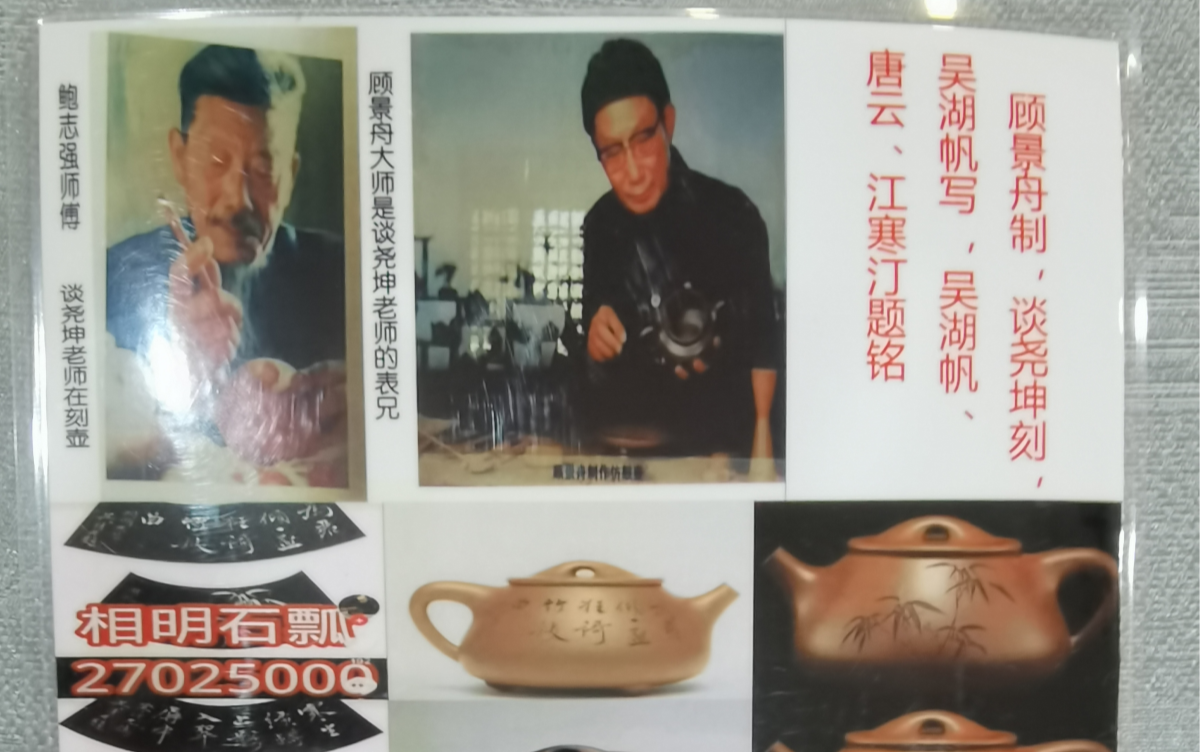
A perfectly “seasoned” teapot is said to “remember” the teas brewed within it, adding subtle layers of flavor from past infusions, to present and future ones. The ceremonies weren’t just meant for drinking tea, but also for focusing on the present, sharing hospitality, and respecting tradition.
Symbolism and Status
To possess a well-crafted clay teapot was to show that you had good taste. For centuries in China, the clay teapot was a status symbol, particularly for scholars, poets, and nobles and they would order custom teapots. Some would be inscribed with poems or decorated with symbolic motifs. The teapot represented its owner’s personality and refinement. Common motifs included:
A clay teapot often became a family heirloom, passed down from one generation to the next. It would accumulate stories, and tea stains, along the way.
The Spread to Japan and Europe
When clay teapots reached Japan they led to the development of Tokoname ware, another style of highly sought, clay teapots. Japanese tea ceremonies also place an emphasis on aesthetics and highlighting the natural beauty of clay. In Europe clay teapots eventually led to the popularity of porcelain and silver teapots, but many tea connoisseurs continued to seek out Yixing pots for their special brewing characteristics and rustic charm. Quick comparison chart
| Region | Teapot Style | Ceremony Focus |
|---|---|---|
| China | Yixing (Zisha) | Skill, aroma, appreciation |
| Japan | Tokoname, Banko | Simplicity, harmony |
| Europe | Porcelain, Silver | Sociability, elegance |
Data Source:
Evaluation based on the Japan Traditional Craft Aoyama Square (Ministry of Economy, Trade and Industry), and Urasenke Tea Ceremony School
URL (Tokoname & Banko crafts): https://kougeihin.jp/en/crafts/
URL (Urasenke Tea Tradition): https://www.urasenke.or.jp/texte/index.html
Data Source:
Evaluation based on the Victoria and Albert Museum’s European Tea Wares Collection and European Decorative Arts Research (V&A and British Museum)
URL (V&A – Tea Wares Collection): https://www.vam.ac.uk/collections/tea
URL (British Museum – Silver Teapots): https://www.britishmuseum.org/collection
Quotes from Tea Masters “The teapot is the father of tea, the cup its mother.” –Chinese Proverb “A single clay pot holds the flavor of a thousand cups.” –Japanese Saying Whether made in a luxuriant tea house or in the corner of a simple kitchen, clay teapots have facilitated and been at the center of rituals that build community through the sharing between people and appreciation of the humble, yet profound tea leaf. Now, let’s dive into what makes clay teapots so special in the tea world.
What Makes Clay Teapots Unique?
It’s more than just nostalgia or appearance that sets clay teapots apart; their outstanding brewing properties, range of clays, and nearly-lost craftsmanship play important roles in making them unique. Explore the heritage and craftsmanship behind clay teapots and you’ll soon see why connoisseurs around the world seek them out.
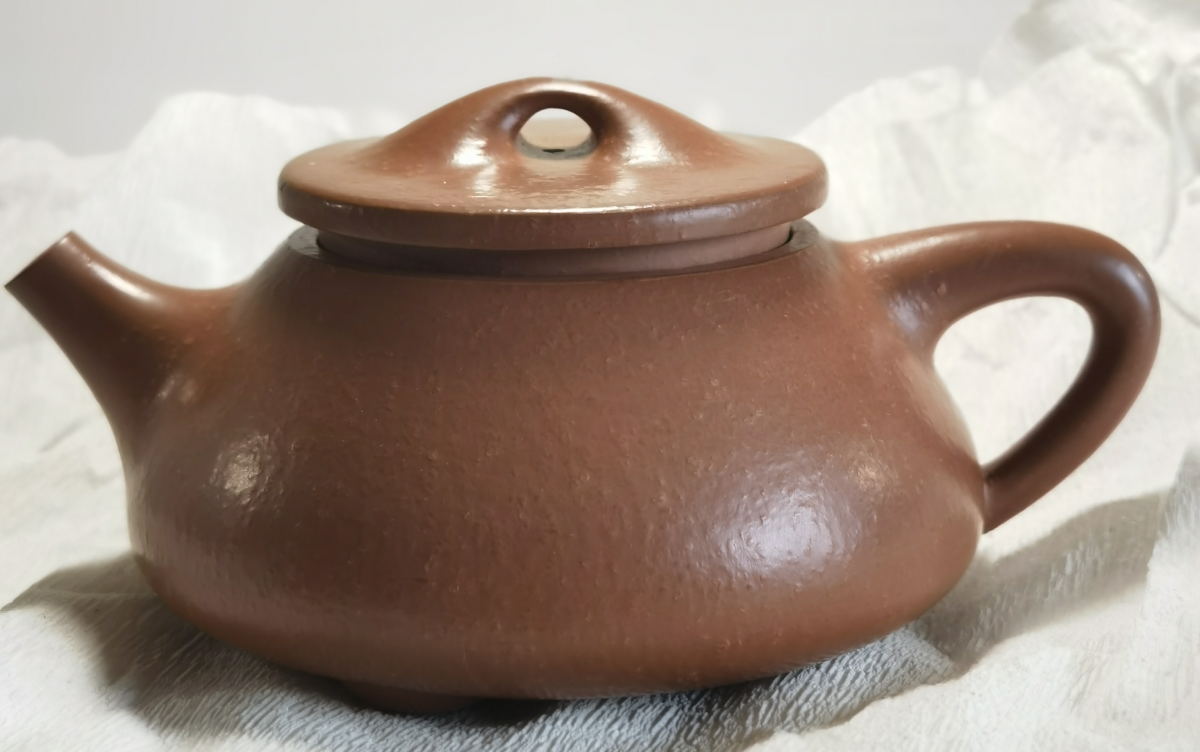
Unique clays
The true magic of a clay teapot starts with the earth. Different clays are used in teapots from different regions. Here are two of the most sought-after:
| Clay Type | Origin | Color | Key Properties |
|---|---|---|---|
| Yixing (Zisha) | China | Purple-brown | Porous, absorbs flavors, robust |
| Tokoname | Japan | Red-orange | Dense, retains heat, earthy aroma |
| Jianshui | China | Black-brown | Smooth grain, subtle luster |
| Banko | Japan | Violet-red | High iron, lightweight, durable |
Data Source:
Evaluation based on Jiangsu Provincial Geographical Indication Records and Research by the Yixing Zisha Research Institute (China National Intellectual Property Administration)
URL (Zisha PGI): http://www.cnipa.gov.cn/art/2020/7/1/art_2225_494.html
URL (Zisha Research Institute): http://www.zgyxzs.com/
URL (Standard on Zisha Clay: QB/T 1459-2013 – Zisha Clay Teapot Manufacturing)
Data Source:
Evaluation based on METI Japan – Traditional Craft Industries Database and Tokoname City Pottery Promotion Association
URL (Tokoname Craft Profile): https://kougeihin.jp/en/crafts/crafts/by_production_area/23/
URL (Tokoname Ceramic History Museum): https://www.tokoname-kankou.net/ceramic-hall/
URL (Japanese Ministry of Economy): https://www.meti.go.jp/
Flavor science
A clay teapot is more than just a pretty face. The porosity of unglazed clay means that the teapot absorbs trace amounts of oil left behind by each tea. The teapot itself adds depth and richer layers of flavor to every subsequent brew. Many people find this seasoned naming to be akin to the seasoning of a cast iron skillet. Pro tip: Tea masters will choose to dedicate each clay teapot to one style of tea (pu-erh or oolong, for example) so that the seasoning of each pot lasts and flavours aren’t muddled.
Artistry and Craft
Clay teapots are also works of art. Craftsmen make each pot by hand-shaping, carving, or moulding the clay before further decorating each piece with intricate designs or poetry. No two are exactly the same. Some shapes carry an intention or mirror an element from the natural world—a lotus for purity or a pumpkin for bounty. Case Study: One of Shi Dabin’s stone ladle teapots (Source: Wchh13591359, Wikimedia). Shi Dabin, a famous potter who worked toward the end of the Ming Dynasty, crafted an icon of simplicity and invention. Collectors today seek out Dabin’s “stone ladle” teapots for their poised shapes and balanced proportions.
Modern Flair
What is it about a clay teapot that provides so much value in our contemporary society? For many, the answer is in the mindfulness of using one. It evokes an opportunity to slow down and enjoy the present moment. One’s sense of touch is engaged in the warm clay, the eyes are delighted by the unique beauty of the glaze and the flavor of each brew evolves in a unique way. These qualities, among others, are why clay teapots remain a beloved marvel for experienced tea drinkers and beginners alike. When drinking tea from a clay teapot, the world gently comes to a pause – A modern tea drinker Now that you know what makes clay teapots so special, you’re ready to learn how to choose, use, and care for one to ensure your teapot will last for generations to come.
How to Choose, Use, and Care for a Clay Teapot
Choosing a clay teapot is about more than buying a pretty pot off the shelf—it’s about picking a brewing partner that matches your tea ritual, your tastes, and your lifestyle. Because the history and cultural significance of clay teapots is so rich, even a simple choice can connect you with centuries of heritage. Here’s how to get it right and keep your teapot performing at its best for years to come.

Tips for Choosing an Authentic Clay Teapot
If you’re shopping for a clay teapot, here’s what you should keep in mind:
Avoid:
How to Season and Clean Your Clay Teapot
A new clay teapot needs a little TLC before you brew your first cup. "Seasoning" a teapot helps remove any lingering clay taste and prepares the pot to absorb the essence of your favorite tea. To Season a Clay Teapot:
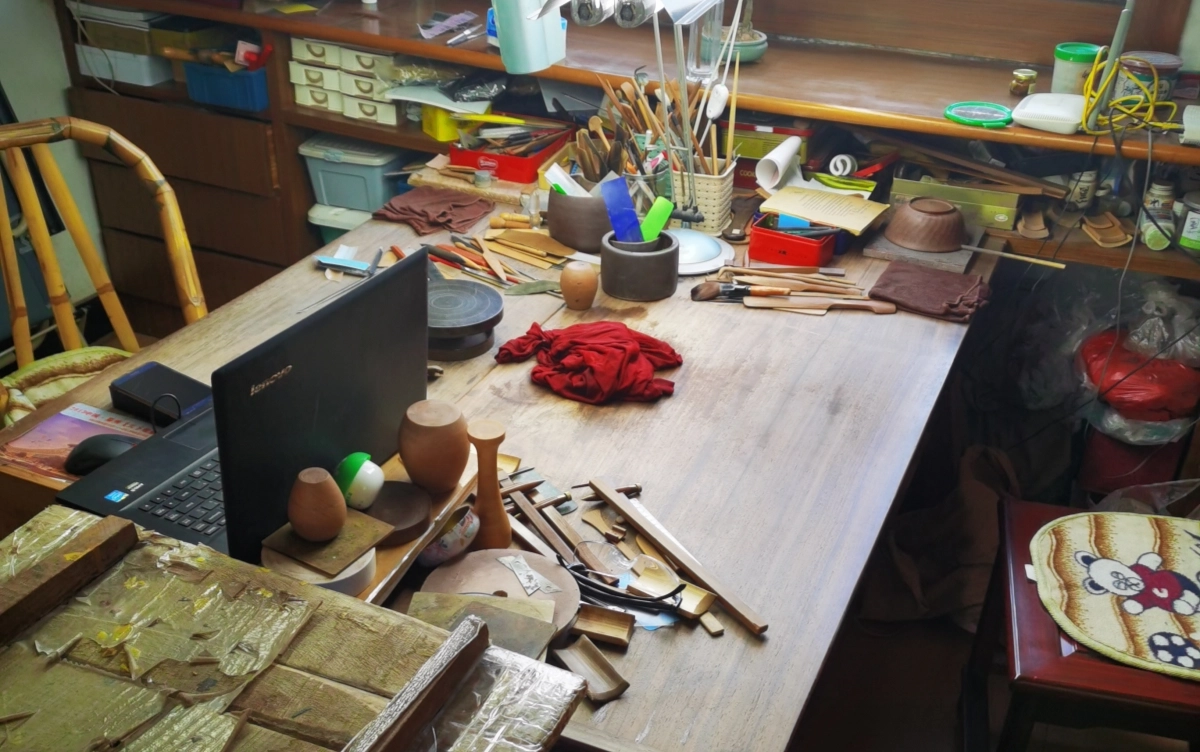
Everyday Care Tips:
Common Mistakes to Avoid
Even seasoned tea lovers sometimes slip up. Here's what to steer clear of:
Quick Reference Table: Dos and Don'ts
| Do | Don't |
|---|---|
| Rinse with hot water | Use soap or detergent |
| Allow to air dry | Store with lid on while wet |
| Dedicate to one tea | Brew all teas in one pot |
| Check for authenticity | Buy mass-produced fakes |
Data Source:
Evaluation based on the Yixing Zisha Research Institute and Zisha Master Artisans Guild Guidelines
URL (Zisha Pottery Care Tips): http://www.zgyxzs.com/ (Yixing Zisha Museum / Research Center)
Supporting source (in English): https://www.teasociety.org/ (American Tea Society – "Guide to Gongfu Teaware Maintenance")
Data Source:
Evaluation based on Asia Society’s Traditional Tea Culture Archives and Urasenke Foundation's guidelines for teapot care and storage
URL (Urasenke Guidelines): https://www.urasenke.or.jp/texte/tea/tea.html
URL (Asia Society on Gongfu & Chanoyu): https://asiasociety.org/
Fun Fact A clay teapot, if used regularly, soulfully and lovingly, will gain a beautiful patina - a "tea patina". A teapot is a thing of love and daily ceremony. With proper care, you can make your teapot last several decades, leaving your own legacy. Let's get on the answering the most frequently asked questions on clay teapots!
Frequently Asked Questions about Clay Pots
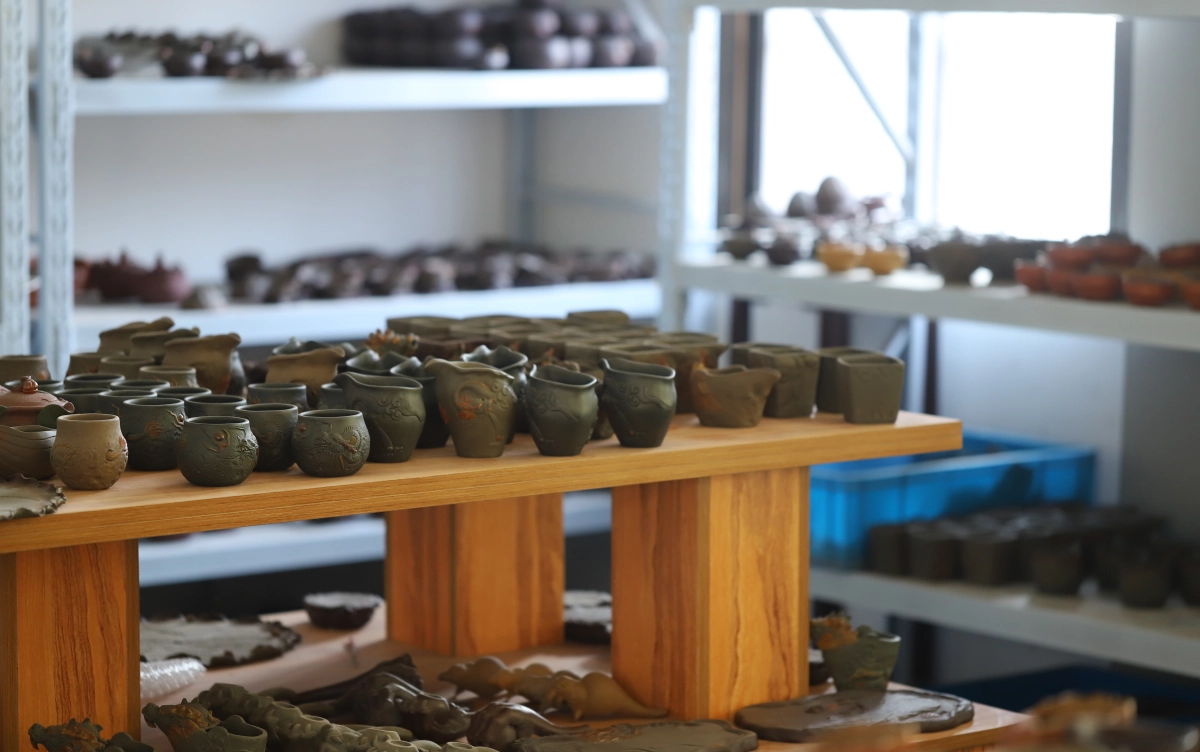
Curiosity often leads to practical questions about the history and cultural role of clay teapots (and some of the teapots worth visiting.) Here are some of the most frequently asked questions and in-depth descriptions to help you get the most out of your clay teapot experience.: Curiosity often leads to practical questions. Often, that curiosity begins as a question, like, "What's the best teapot for me?":
Do Clay Teapots Really Improve Tea Flavor?
Table: In a Nutshell — Everything You Need to Know About Clay Teapots
| Question | Short Answer |
|---|---|
| Do they make tea taste better? | Yes, through regular but non-versatile use |
| Can you use one pot for everything? | Not realistically; but regular/dedicated use is more important than versatility |
| How long do they last? | Decades or centuries with proper care |
| Are they safe for everyday use? | Yes, if made from natural and trustworthy clays. |
Data Source:
Evaluation based on research from the China Tea Culture Institute and empirical studies from the Tea Research Institute at the Chinese Academy of Agricultural Sciences
URL (Tea Research Institute): http://www.tricaas.com.cn/
URL (CTMA - Chinese Tea Marketing Association): http://www.ctma.com.cn/
Data Source:
Evaluation based on traditional tea practices documented by the Gongfu Tea Ceremony Workshops of Fujian and Guangdong Provinces, supported by the Chinese National Intangible Cultural Heritage Office
URL (Intangible Heritage – China): https://www.ihchina.cn/
URL (Gongfu tea brewing guide – pictorial): https://www.teasociety.org/gongfu
As we get to the end of this article, let us be grateful for clay pots being a living tradition that has lasted through time and generations.
Conclusion: The Enduring Legacy and Modern Significance of Clay Teapots
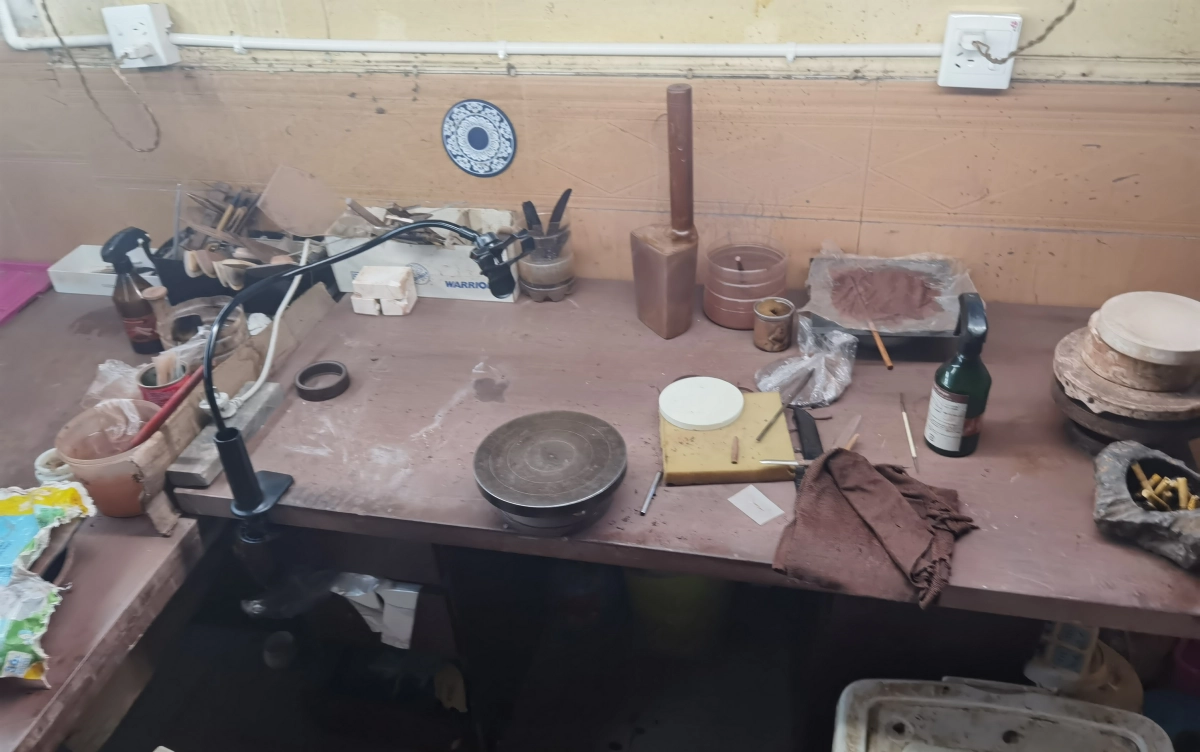
The history of clay teapots, from their inception to their cultural significance, is more than the history of a utilitarian vessel. Clay teapots are a living history, each one an artifact of human creativity, identity and the enduring search for beauty in everyday rituals of life. They have survived dynasties and crossed continents, shifting in form and meaning but resolute in their function at the heart of tea culture. Why are clay teapots? Let me count the whys and ways—as a kind of proof for how form follows and memorializes function, displaces delight and innovation with memory, art that can engage and transform artisanal craft. Porous clay, once touched by time and human hands, carries more than tea. It carries clay teapots, too, from one generation or geography to another. In quiet meditation during a Chinese gongfu tea ceremony, or gathered together in conversation at a Japanese tea brewing and tasting, or at solitary European afternoon tea at home. The tea-dusting of the dry sipes have been done. How about some crumbly biscuits in a water boiling pot? Just kidding. The fast-paced modern world does not necessarily present obvious moments to stop, drop out of life's never-ending race, and smell the roses. But for those unwilling to give in to the barrage of non-stop notifications on their devices, the deliberate, slow process of brewing a cup of tea in a clay teapot is an act of gentle defiance. It is an invitation to reconnect with a slower, quieter way of being, an invitation to slow down and witness a daily ritual. It is an invitation to deepen our appreciation not only of the beverage, but also of the invisible legacy, dedication, craftsmanship and meaning infusing every cup. Why should you care? Because every time you hold a clay teapot in your hands, you hold a piece of history and take part in a living tradition with millions of people around the world. Whether you're a collector, a casual tea drinker, or simply curious about the world's cultures, let a clay teapot be your daily reminder: some things only improve with age, patience and care.




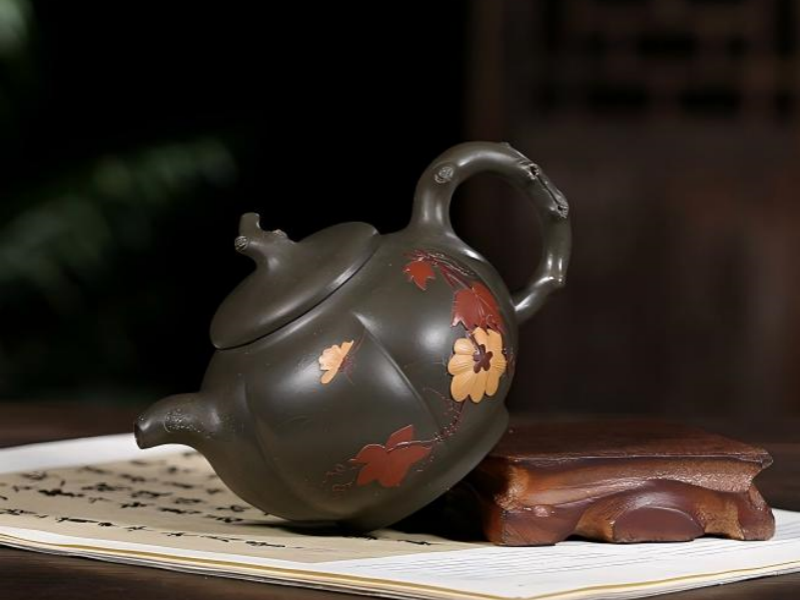



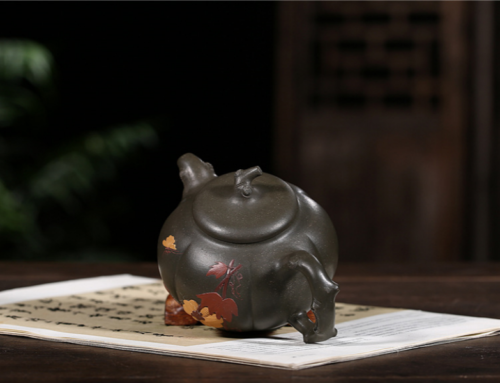
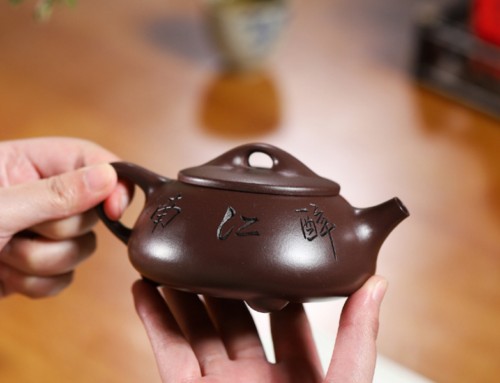



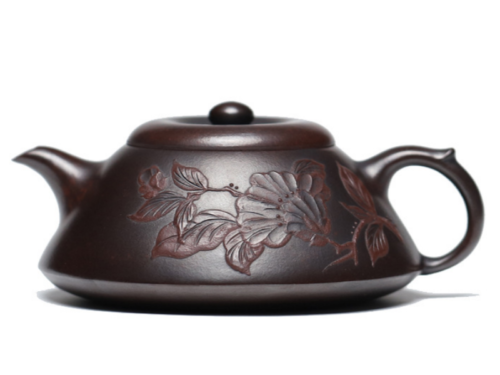 Prosperity Melon - Authentic Hongni Clay for Darjeeling Tea | Yserene
Prosperity Melon - Authentic Hongni Clay for Darjeeling Tea | Yserene 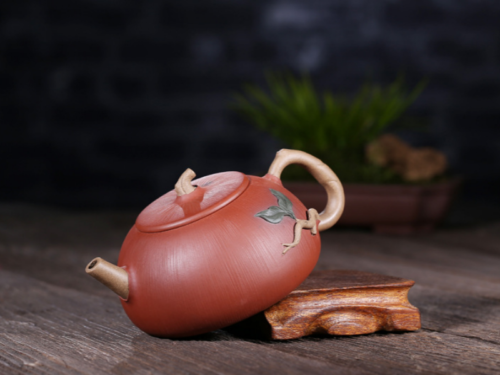 Golden Gourd Calabash Teapot - Handcrafted Yixing Zisha for Oolong Tea | Yserene
Golden Gourd Calabash Teapot - Handcrafted Yixing Zisha for Oolong Tea | Yserene